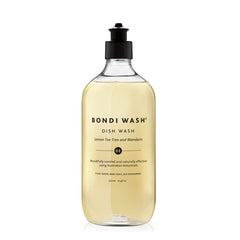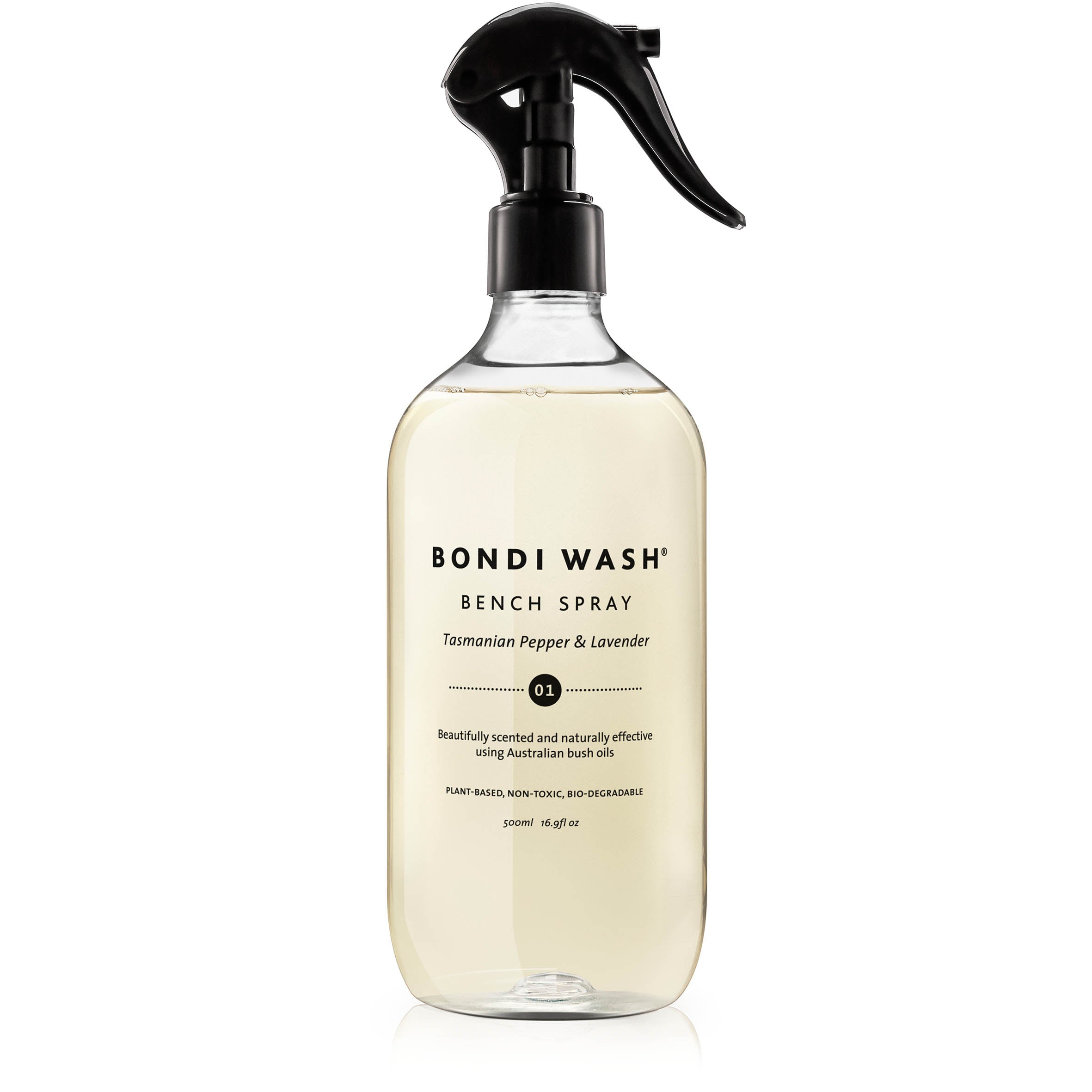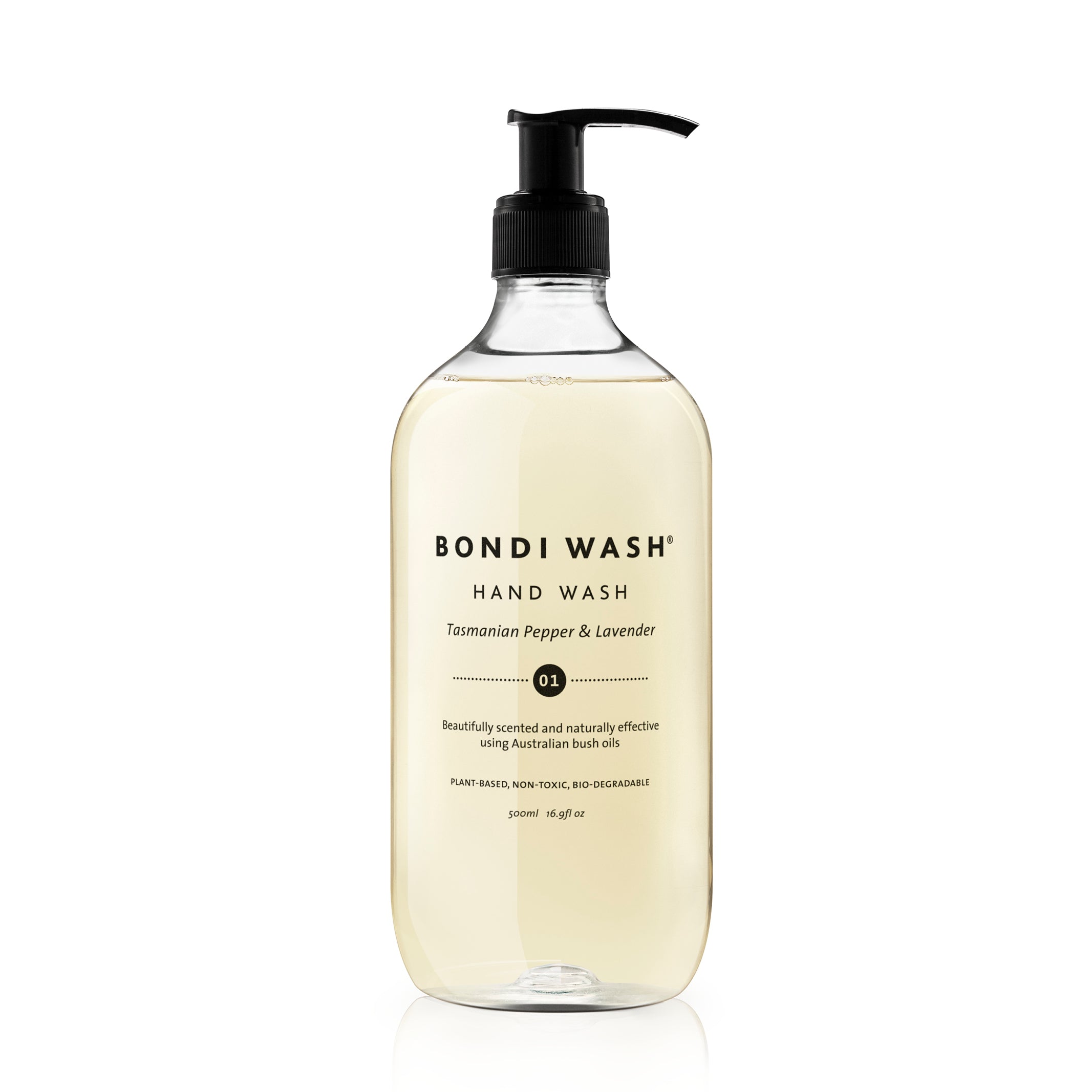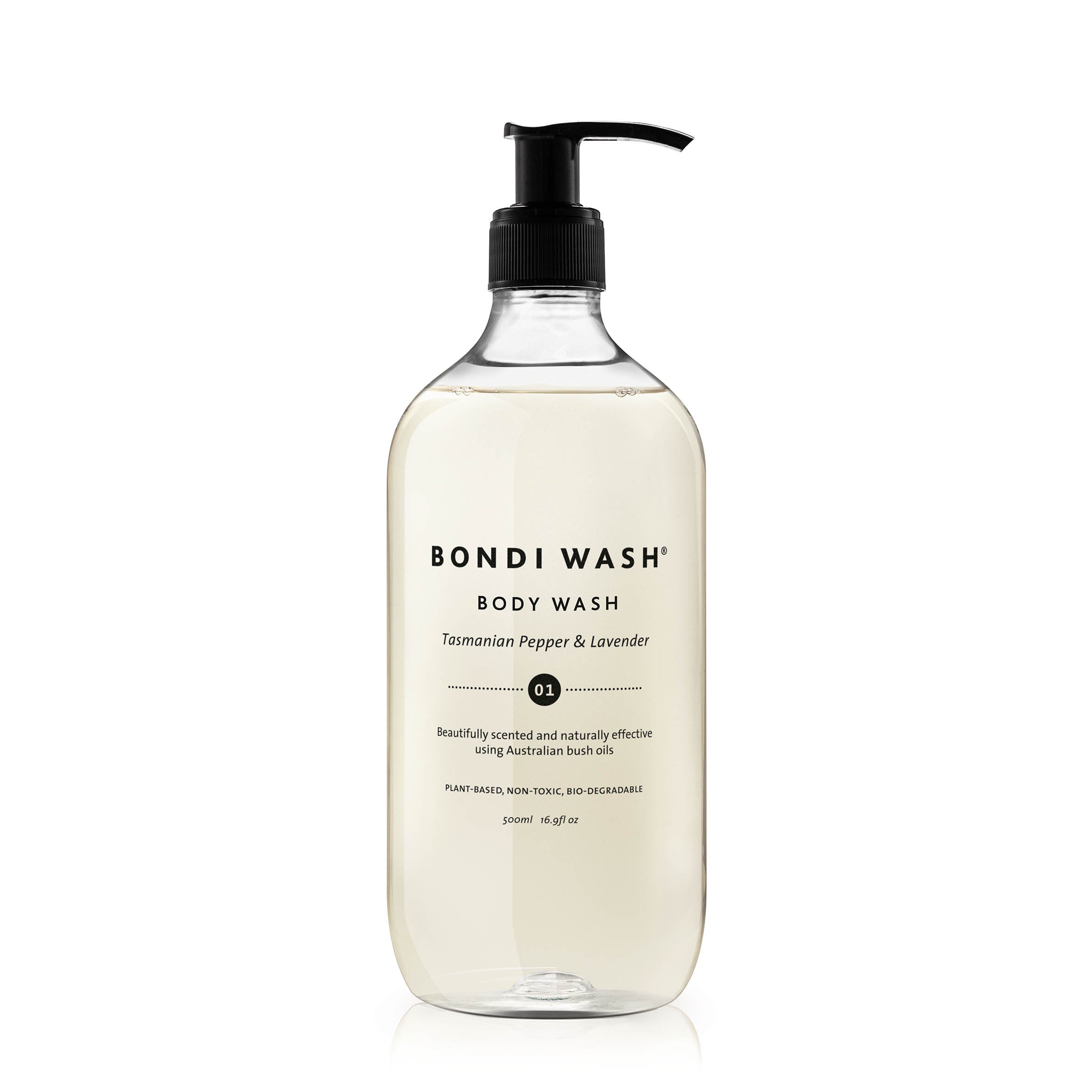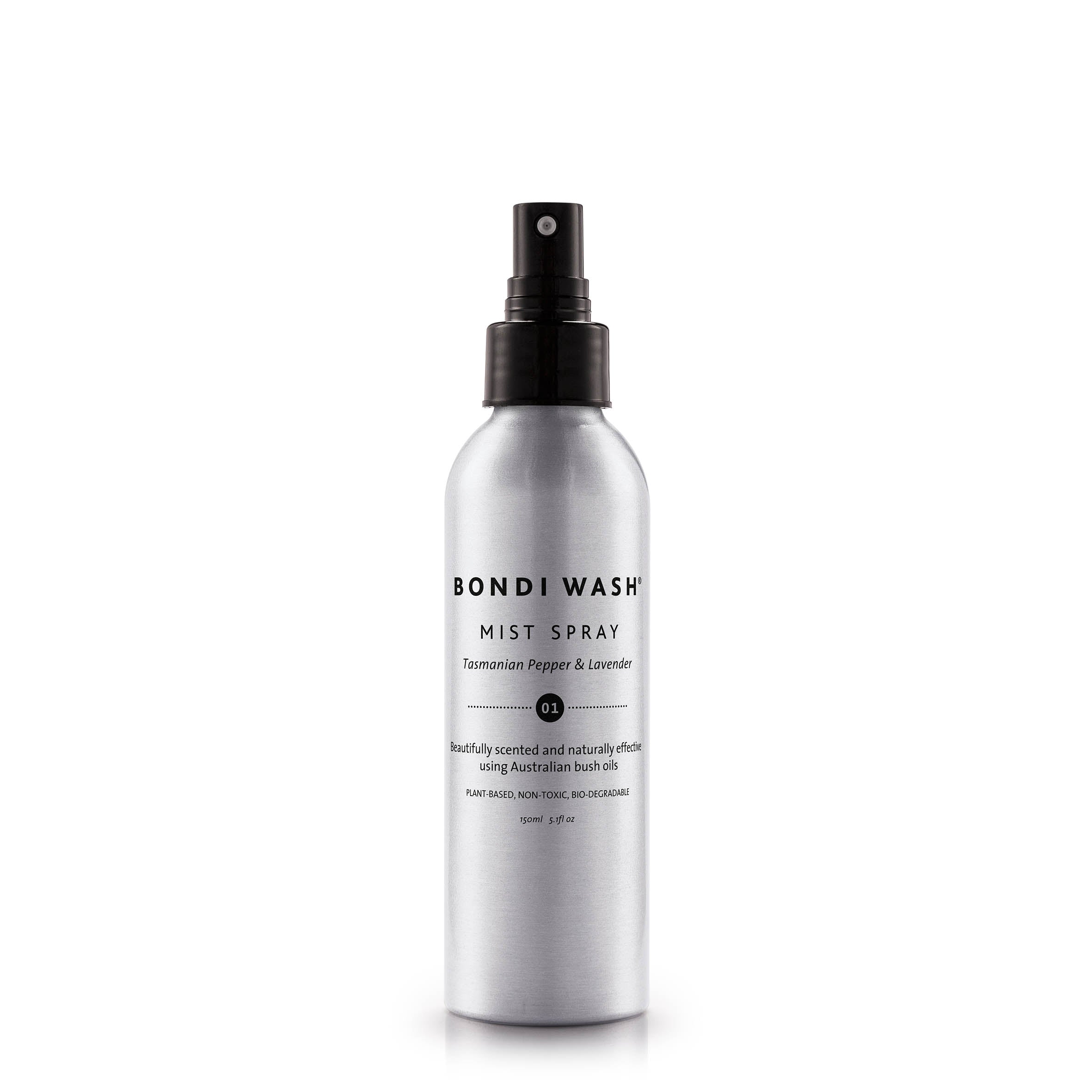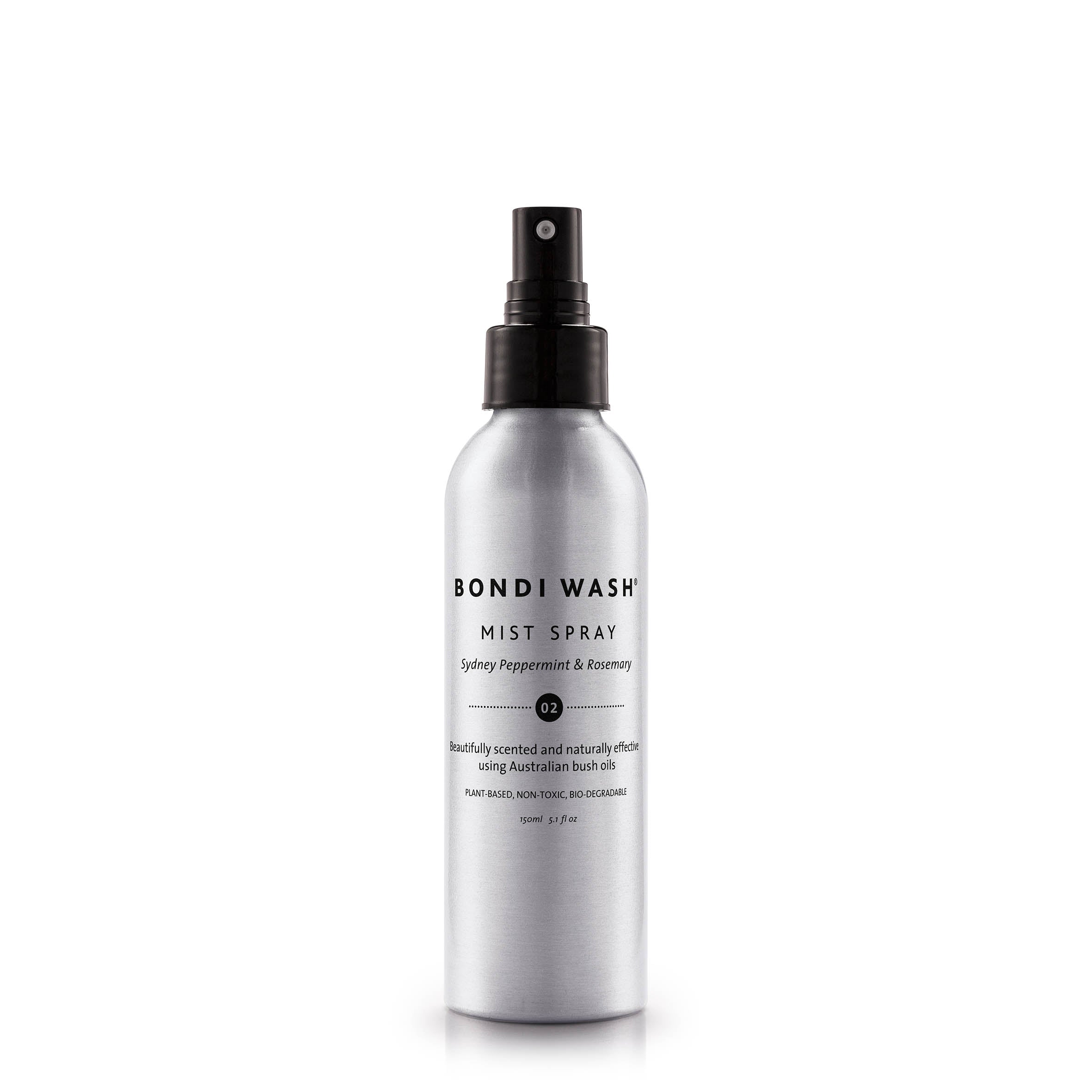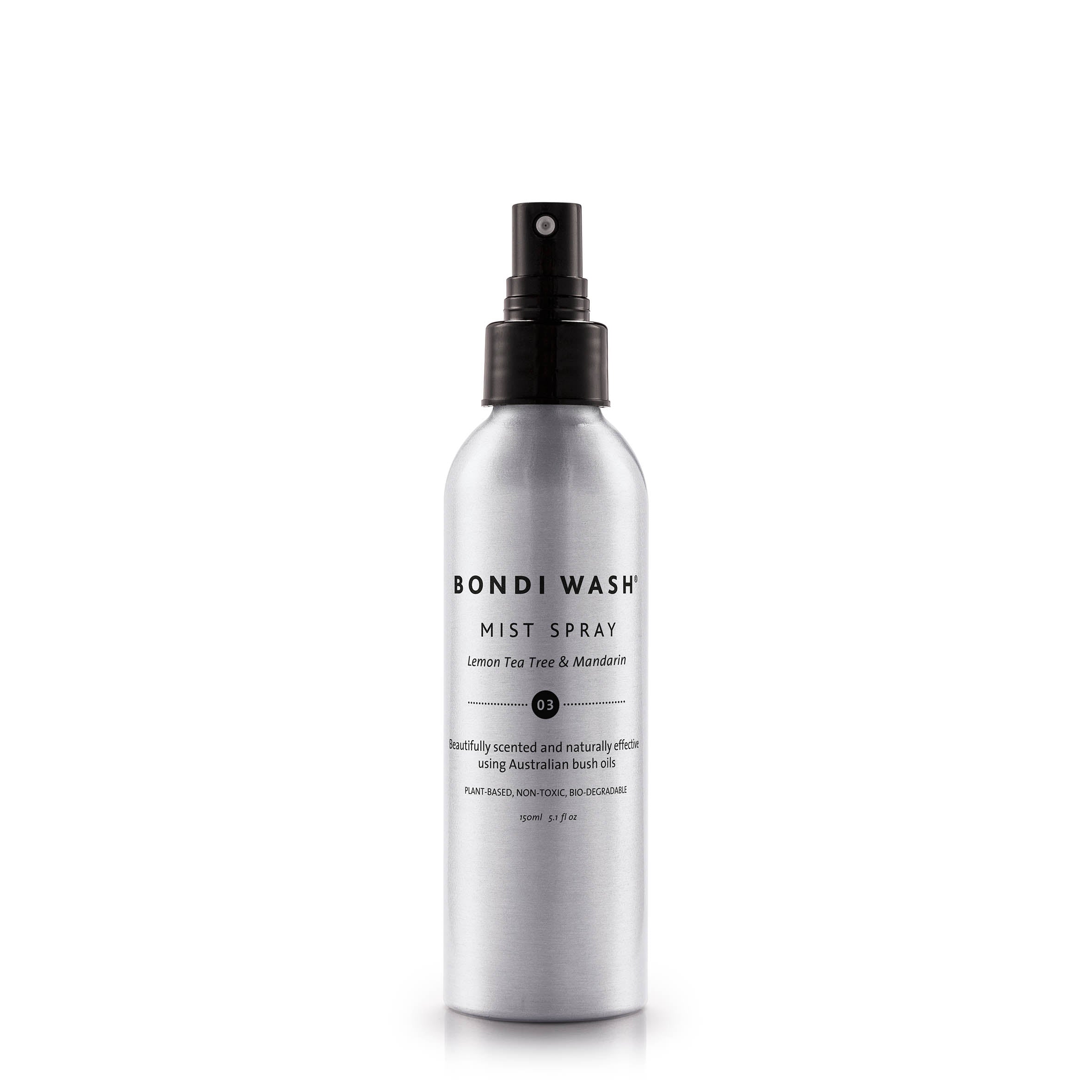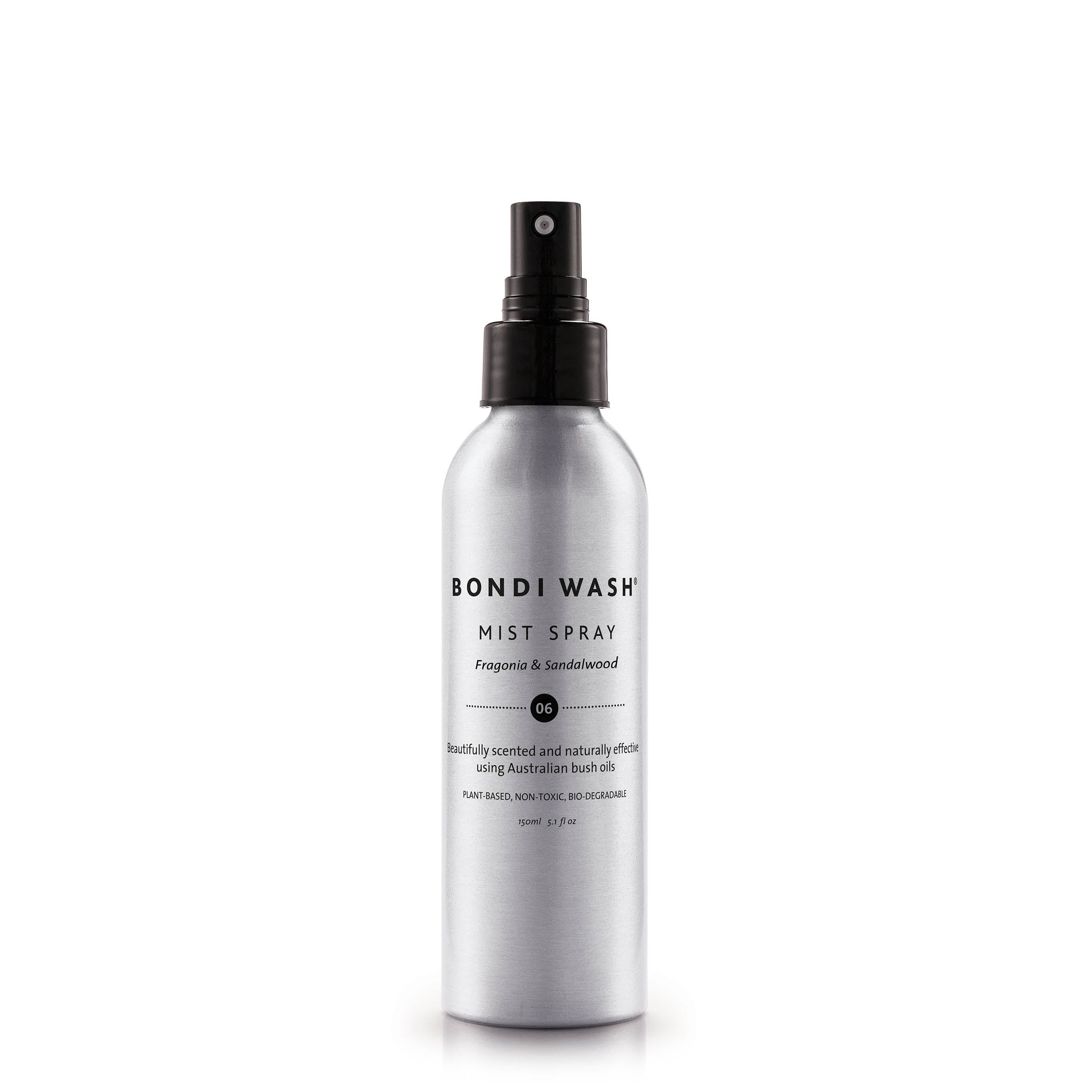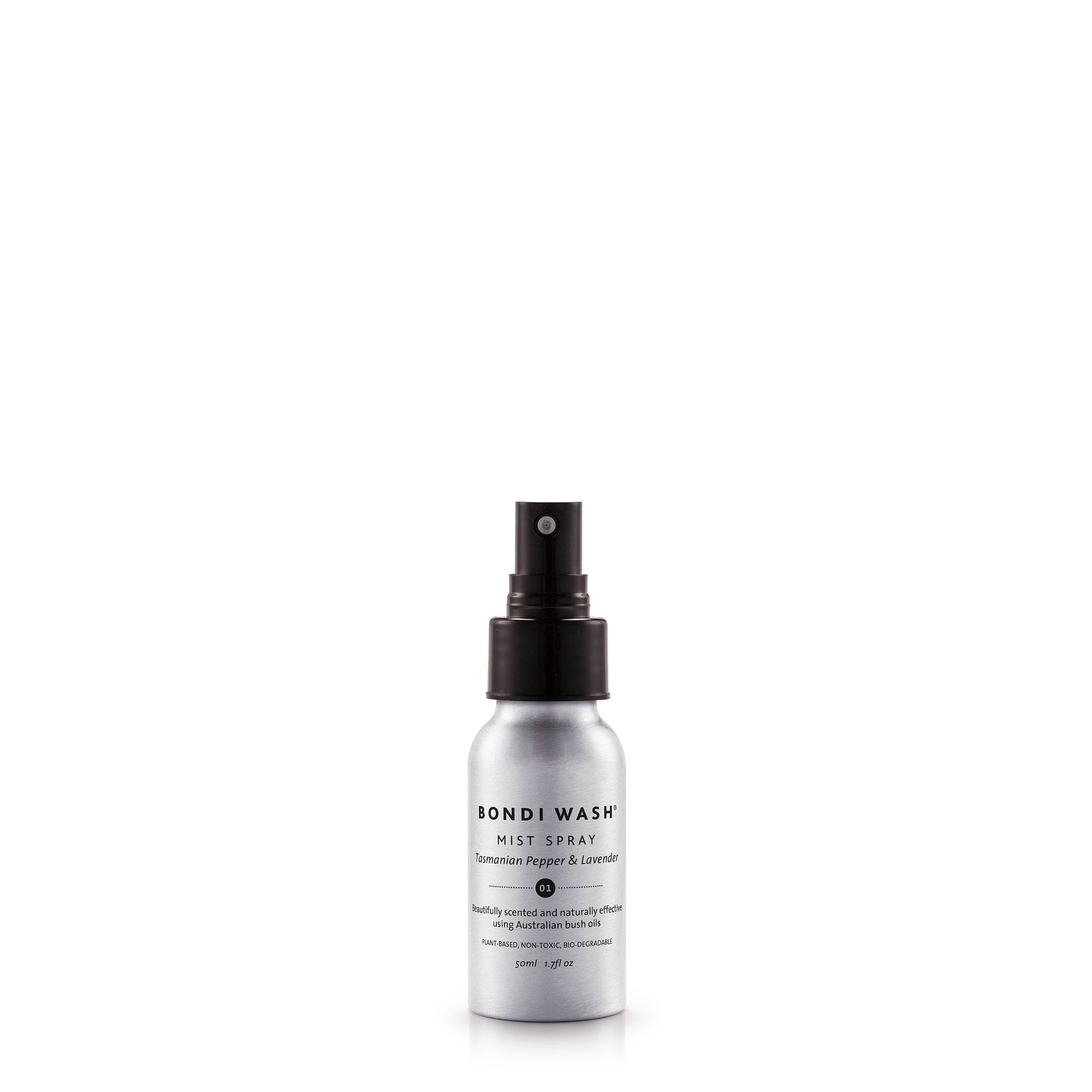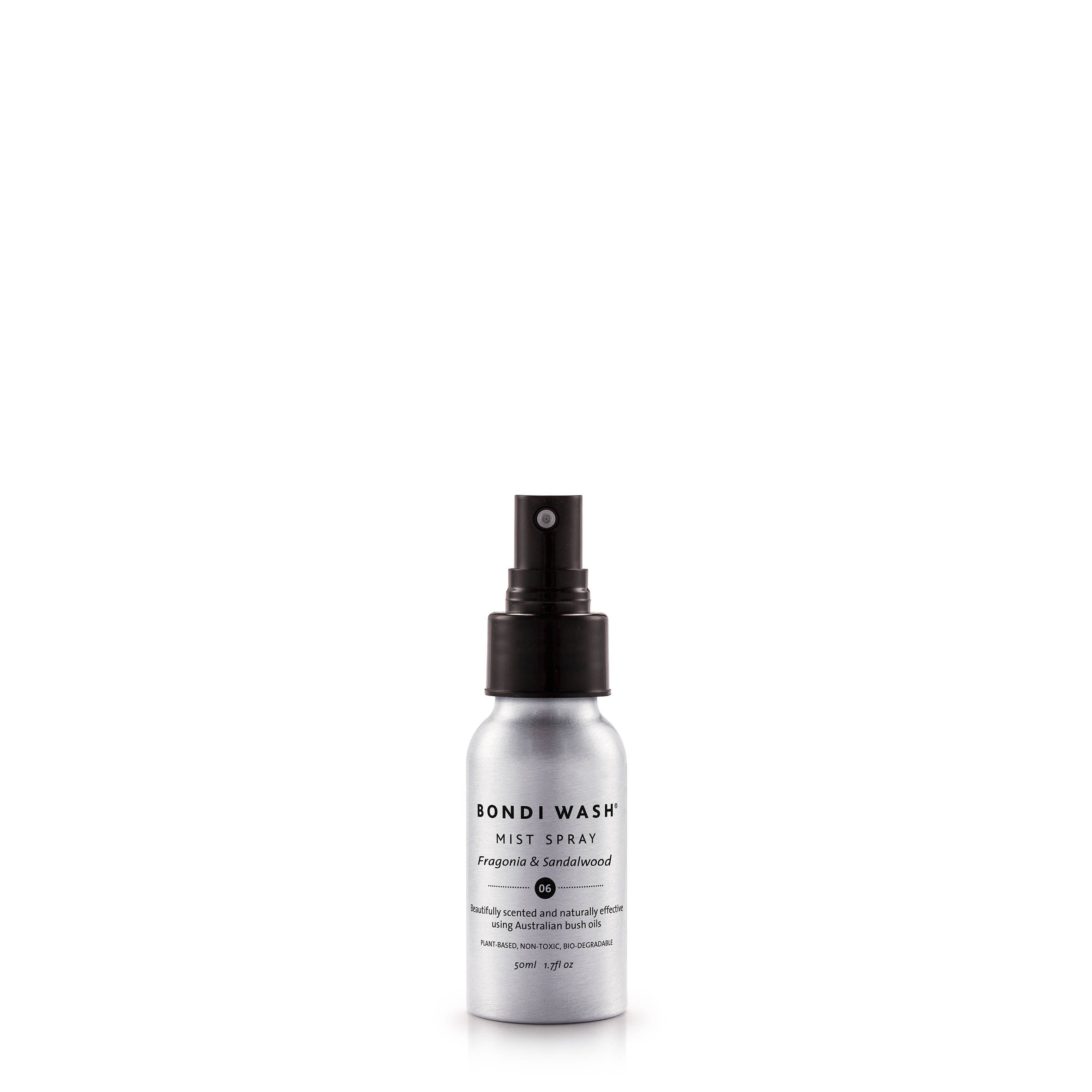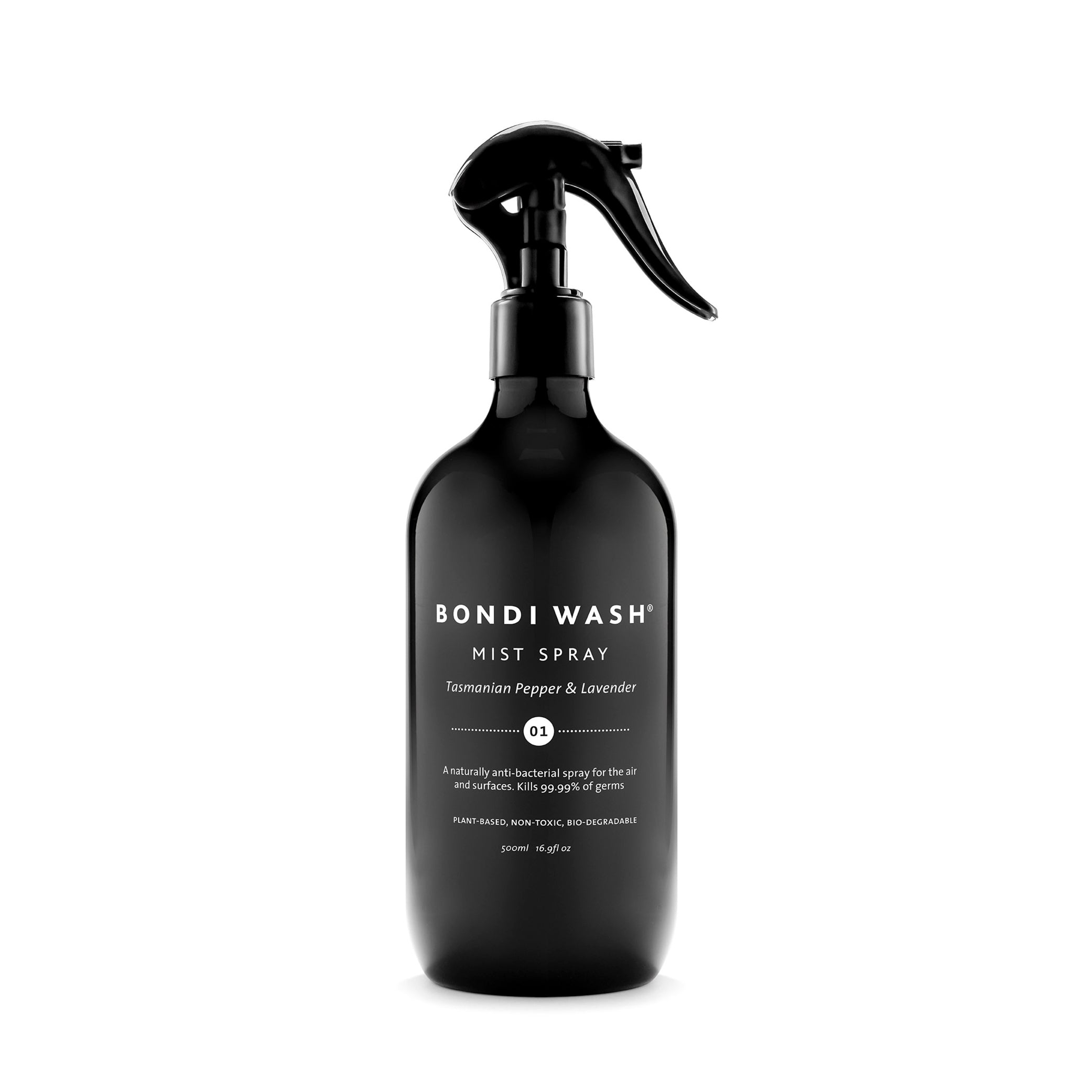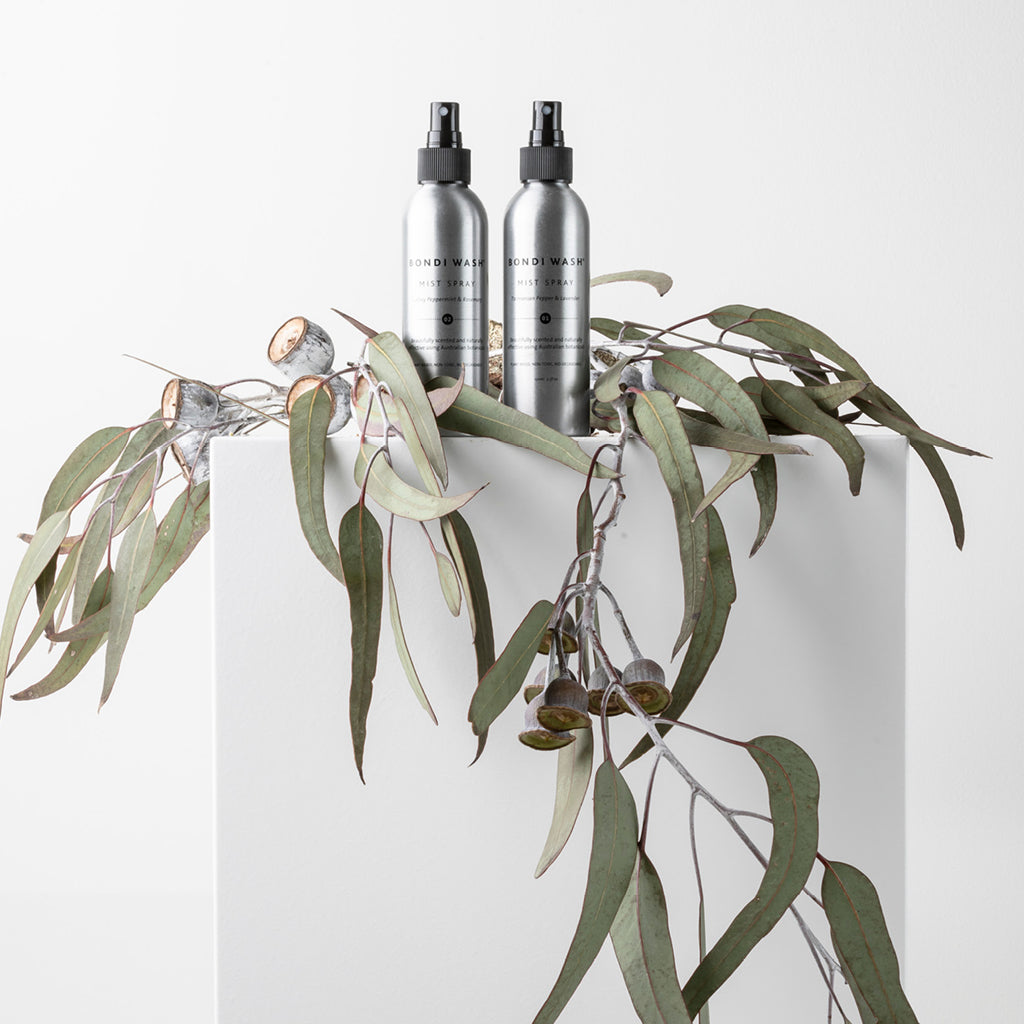The Phillip Island Hibiscus is a beautiful pink and yellow flowering plant which is classified as critically endangered. The plant is located on Phillip’s Island, a small island south of Norfolk Island and is threatened by competition from other plants and grazing livestock.
A survey done in 1988 found that the entirety of the species existed in only two small clumps. A third clump has since been established (2001) which brings new hope to the survival of the beautiful flower. Yet this progress still only brings the total number of mature Phillip Island Hibiscus plants to fewer than 50.
One of the main threats to the Phillip Island Hibiscus was the introduction of grazing livestock such as pigs, goats and rabbits which decimated the natural flora of the entire island. However, the livestock have since been moved from the island and no longer pose a threat to the species. The current biggest threat to the Phillip Island Hibiscus’s survival is another plant, the African olive, which competes for food and nutrients in the soil and grows quickly and densely, blocking the potential new growth of the hibiscus.
Conservation efforts are underway to stop the destruction of introduced plants such as the African olive to ensure the continuing survival of the vibrant native flower.



